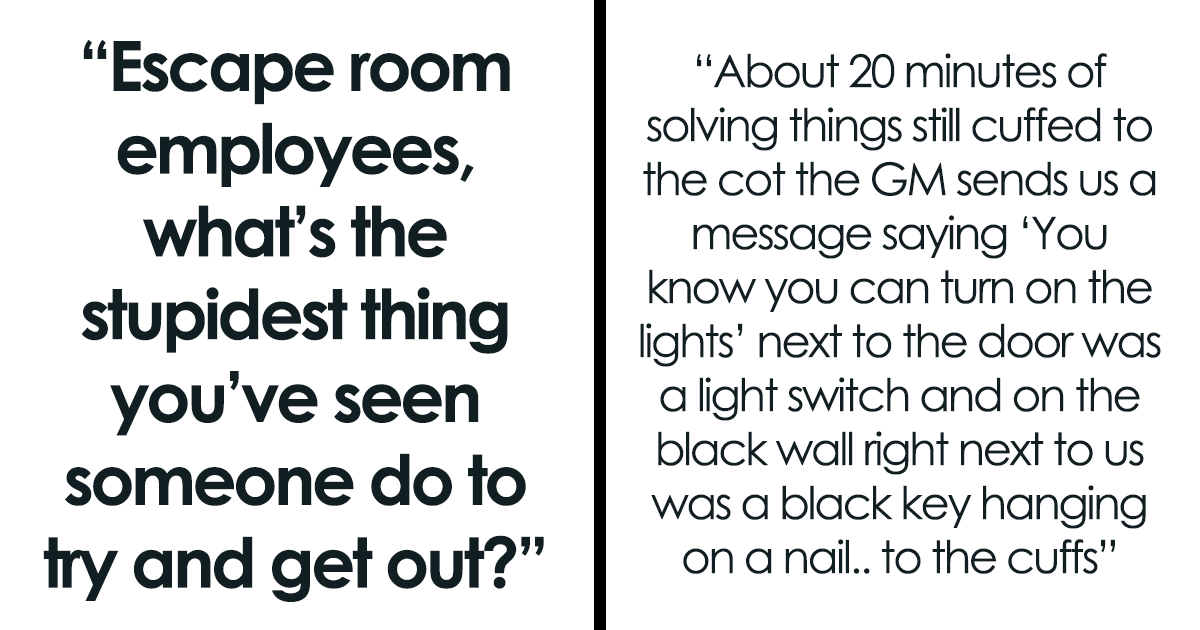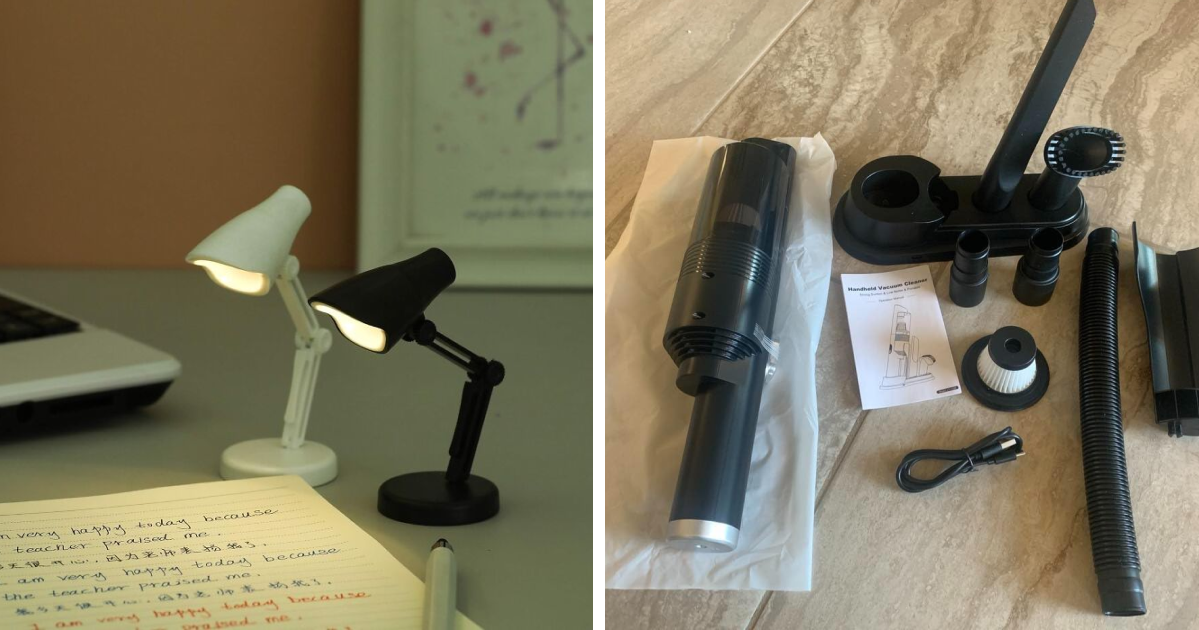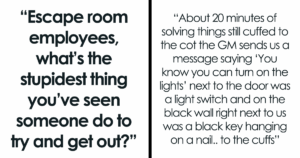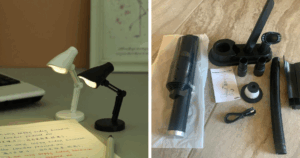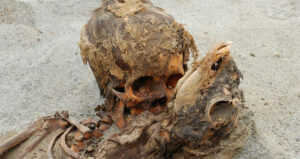26 Surprisingly Brilliantly Engineered Everyday Items You Won’t Believe Are So Affordable
Oxidizers, like potassium chlorate, help fuels burn by giving them more oxygen. This oxygen combines with antimony trisulfide to produce a long-lasting flame so you have enough time to light a candle. The whole thing is coated with paraffin wax, which helps the flame travel down the match. Just don’t burn the house down.
As antimony oxidizes, sulfur oxides form, creating that burnt-match scent. The smoke you’re seeing is actually tiny unburned particles resulting from an incomplete combustion. Individually, they’re a little bit too small to see but grouped together, they form smoke. There’s also some water vapor in there.
By the way, all the stuff that we’re explaining in 90 seconds, it all happens within tenths of a second. Chemistry’s fast.”
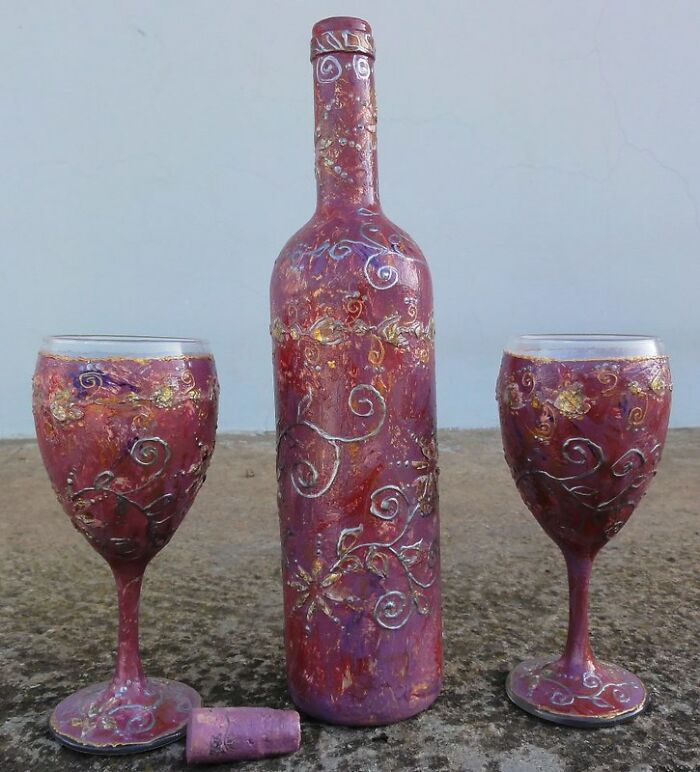 Yoink_Tactics said:
Yoink_Tactics said:
Glass bottles. Let’s melt this rock into a clear, brittle material and turn it into what? Windows? Decorations? Screens? No, we’re making pressure vessels, baby!
DisownedByMother replied:
Glass in general. There is a Museum of Glass in Corning NY. It’s pretty interesting and there are some very old pieces there with information on some of the ancient glass making techniques.
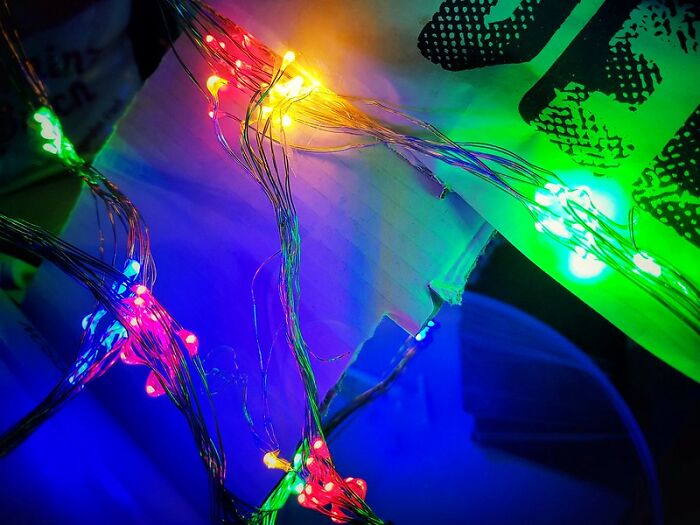 notanotherbreach said:
notanotherbreach said:
LEDs. Cheap diodes. Even colours. Ok, I dislike the blue ones but tint them and you get warm white.
Tactical_Moonstone replied:
Blue LEDs are a Nobel Prize-winning invention for how revolutionary they have been in lighting.

